ABSTRACT
From 1961- 1971 the United States government undertook massive defoliation programs as an instrument of war. It systematically set out to destroy millions of acres of foliage from the air, over the years spraying an estimated 4.8 million Vietnamese and its own American troops on the ground. Spraying was conducted by backpacks around the perimeters of American military bases. The last of American troops left Vietnam April 30th, 1975. For many years there were complaints from returning veterans about their health and that of their children. Early studies in rats and mice from 1964 by the Bionetics Laboratory identified that 2,4,5,T in small doses cause birth defects in offspring. Finally, in 1991 the US Congress, concerned about long-term health effects of the sprayed herbicides on American Vietnam veterans, passed Public Law 102-4, the Agent Orange Act of 1991. The National Academy of Sciences began comprehensive evaluations of scientific and medical information regarding the health effects of exposure to Agent Orange, other herbicides used in Vietnam, and the various components of those herbicides. As a result of those studies and recommendations from the Institute of Medicine, the US Department of Veterans Affairs recognizes certain cancers and other health problems as presumptive diseases associated with exposure to Agent Orange. They are: AL Amyloidosis, Chronic B-cell Leukemias, Chloracne, Diabetes Mellitus Type 2, Hodgkin’s Disease, Ischemic Heart Disease, Multiple Myeloma, Non-Hodgkin’s Lymphoma, Parkinson’s Disease, Peripheral Neuropathy, Porphyria Cutanea Tarda, Prostate Cancer, Respiratory Cancers, Soft Tissue Sarcomas, Bladder Cancer, Hypothyroidism, and Parkinsonism. The Veterans Administration recognizes a wide range of birth defects, resulting in a permanent physical or mental disability as associated with women veterans’ service in Vietnam.
On August 10, 1961, the first testing of chemical herbicides occurred in Konton province. Two weeks later, a second test run took place along Highway 13 north of Saigon. On November 30, 1961, President John F. Kennedy signed National Security Action Memorandum (NSAM) “Defoliant Operations in South Vietnam,” calling for: “a selective and carefully controlled joint program of defoliant operations in Vietnam starting with the clearance of key routes and proceeding thereafter to food denial only if the most careful basis of resettlement and alternative food supply has been created.” Then on January 13, 1962, the first official Operation Ranch Hand mission began along Highway 15, using C-123 aircraft.
The military use of herbicides in Vietnam took place until 1971. The herbicides were used to defoliate inland hardwood forests, coastal mangrove forests, cultivated lands, and zones around military bases. New research estimates that about 77 million liters were applied, about 9 million liters more than previous estimates (Stellman et al., 2003a). The investigators of the Institute of Medicine reviewed their original data of herbicide use from the 1970’s and identified discrepancies with Dr. Stellman’s analysis. Dr. Stellman’s analysis resulted in substantial revisions of earlier estimates, documenting that more TCDD-containing herbicides were used in Vietnam than previously estimated. The IOM researchers then concluded that the earlier estimates of the mean TCDD concentration in Agent Orange were closer to 13 ppm than to the estimate of 3 ppm, leading to an estimated 366 kg of TCDD applied in Vietnam during 1961-1971.
There has been substantial dispute about the exact number of U.S. military personnel who actually served in Vietnam, with estimates ranging from 2.6 to 4.3 million. The exact number is unknown because deployment to the theater was not specifically recorded in military records. About 5,000 to 8,000 women are thought to have been in the U.S. military in Vietnam. There is no comprehensive or official roster of American Vietnam veterans (IOM, 2014). As many as 4.8 million Vietnamese may have been directly sprayed (Stellman, 2003) by 1971.
1. INSTITUTE OF MEDICINE
The Agent Orange Act of 1991 directed the Secretary of Veterans Affairs to ask the National Academy of Sciences (NAS) to conduct an independent comprehensive review and evaluation of scientific and medical information regarding the health effects of exposure to herbicides used in Vietnam. In response to the request from the U.S. Department of Veterans Affairs, the IOM of the National Academies of Sciences, Engineering, and Medicine (as it is now named) convened the Committee to Review the Health Effects in Vietnam Veterans of Exposure to Herbicides. The original legislation called for biennial reviews of newly available information for a period of ten years, which was then extended to 2014, 2016, 2018.
The results of the original committee’s work were published in 1994 as Veterans and Agent Orange. This report contains a systematic review and evaluation of the then available scientific evidence related to herbicide exposure and illness.
Based on their review of all available scientific literature and their analysis of the relationship of disease to exposure to the herbicides, the VAO Committees (Vietnam Agent Orange) has developed the following four categories: sufficient evidence of an association; limited or suggestive evidence of an association; inadequate or insufficient evidence to determine an association; and limited or suggestive evidence of no association.
American service records that can be used to apply the exposure estimation model to individual American Vietnam veterans have still not been located, according to the last edition of the IOM Update 2018. Therefore, many conclusions regarding association between exposure to the chemical herbicides and disease are based on studies of people exposed in various occupational and environmental settings. These groups include chemical production and agricultural workers, residents of Vietnam, people possibly heavily exposed to herbicides or dioxin as a result of living near the site of an accident or near areas used to dispose of toxic waste. There is a growing body of evidence from animal models that TCDD can induce epigenetic changes, a mechanism that contributes to health problems in both veterans and their children.
The U.S. Department of Veterans Affairs assumes that certain diseases can be related to a veteran’s qualifying military service. These are called presumptive diseases. The VA recognizes certain cancers and other health problems as associated with exposure to Agent Orange or other herbicides during military service. There is some overlap – but not complete – between the recommendations of the National Academies of Sciences, Engineering, and Medicine and the VA identification of these presumptive illnesses.
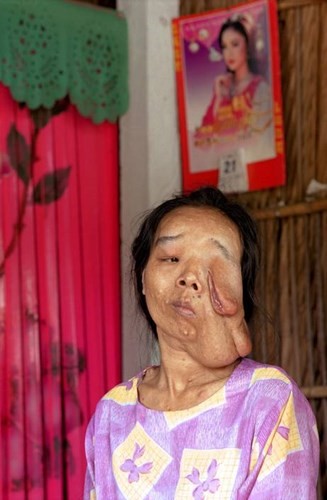 |
2. IOM REPORTS AND STUDIES
On July 27, 1993, the same day that the then National Academy of Sciences issued the first IOM Report, then-Secretary of the Veterans Administration Jesse Brown announced that the VA would recognize Hodgkin’s disease and porphyria cutanea as service-connected for veterans exposed to herbicides in Vietnam. Since there is no clear record of who was exposed to herbicides in Vietnam, the Veterans Affairs presumes that all Vietnam veterans who were in Vietnam between January 6, 1962 and May 7, 1975 have had exposure. Based on earlier studies done on industrial workers, the VA had previously recognized soft tissue sarcoma and chloracne and non-Hodgkin’s lymphoma as service-connected for exposure to herbicides in Vietnam.
Then on September 27, 1993, President Clinton approved a decision to award disability to Vietnam veterans with respiratory cancers (including cancers of the lungs, larynx, trachea, and bronchus) and multiple myeloma based on presumed exposure to Agent Orange and other herbicides. This decision was based on the conclusions of a special VA task force headed by the Assistant Chief Medical director for Environmental Medicine and Public Health.
A 1995 analysis of birth defects among the offspring of Ranch Hand veterans, in combination with earlier studies of neural tube defects in the children of Vietnam veterans published by the Centers for Disease Control and Prevention led the Update 1996 committee to place spina bifida in the “suggestive evidence” category. The 1996 NAS Report also included suggestive evidence of herbicide exposure and prostate cancer, acute and subacute peripheral neuropathy, and spina bifida in the children of veterans. In 2000, the VA added Type 2 diabetes to the list of diseases with presumptive connection based on an IOM review suggesting possible association with Agent Orange. The 2000 IOM report included a review of research efforts by the National Institute for Occupational Safety and Health, the Ranch Hand Study, and seven other new studies on this subject. As the Update 2002 committee began review of the existing scientific literature, the VA requested an evaluation of whether chronic lymphocytic leukemia (CLL) should be considered separately from other leukemias. On the basis of epidemiologic literature and etiology of the disease, IOM placed CLL in the “sufficient” category. The most significant change from earlier updates by the IOM included the nature of an association between herbicide and dioxin exposure and hypertension and AL amyloidosis – both conditions moved into the “suggestive evidence” category. AL amyloidosis was then added to the VA list of presumptive illnesses eligible for compensation and the VA began an intensive study of Army Chemical Corps Vietnam veterans and hypertension and chronic lung disease. In 2010, the VA added Parkinson’s Disease and ischemic heart disease to the “presumptive” list and expanded the presumption for chronic lymphocytic leukemia to include all chronic B-cell leukemias. The 2012 IOM report changed the category for stroke to “suggestive evidence of an association.” The Veterans and Agent Orange Update 2014 has added bladder cancer to the “suggestive evidence” category as a result of study in South Korea of Vietnam veterans, and the 1997 IARC studies of workers who produced dioxin contaminated phenyoxy herbicides. The studies on South Korean veterans who were in Vietnam, supporting evidence from publications including agricultural health studies of pesticide applicators, and a report from the Seveso Women’s Health Study on reduced thyroid activity led the IOM to place hypothyroidism in the “suggestive evidence” category. The VAO committee included Parkinson’s-like symptoms, as “there was no rational basis to exclude them.”
3. HUMAN STUDIES AMONG VIETNAM VETERANS
The number of U.S. personnel who handled the herbicides is not precise. Two groups have been identified as high risk for exposure to Agent Orange chemicals: Air Force personnel who took part in Operation Ranch Hand, and personnel in the Army Chemical Corps who used hand-operated equipment and helicopters to defoliate around special forces camps, clearing airfields, depots and small scale crop destruction (NRC, 1980; Thomas and Kang, 1990; Warren, 1968). Because of the widespread use of herbicides in Vietnam, it is reasonable to assume that many American service personnel outside of these groups were also exposed to chemical herbicides.
In December of 1979, the United States Air Force began investigating the health effects of herbicide exposure in the Ranch Handers. Information was obtained on job and work history, biomarkers, and health outcomes. The control group included Air Force personnel who had served elsewhere in Southeast Asia. A general increase in serum TCDD was found in those whose jobs involved frequent handling of the herbicides. The Air Force Health Study is a longitudinal, prospective epidemiologic study of more than 2,700 men who were followed for over 27 years, and participated in extensive physical examinations. Serum and other biological samples were obtained. Comprehensive questionnaires were administered addressing health, lifestyle, and socioeconomic status, including information about employment, families and offspring and other potential environmental exposures. An increase in serum TCDD was found in these personnel. The Ranch Hand Advisory Committee, having conducted a thorough evaluation of the long term effects of Agent Orange and other phenoxy herbicides to the satisfaction of the department of Health and Human Services and the National Center for Toxicological Research met a final time on September 7, 2006, and found: 1) a significant association between cancer and years of service; 2) increased incidence of peripheral neuropathy; 3) an increased risk of circulatory disease; and 4) increased glucose intolerance and diabetes.
The personnel of the Army Chemical Corps were not identified for study of herbicide exposure until the late 1980’s (Thomas and Kang, 1990) when blood samples collected from fifty Vietnam veterans showed an association between reports of having sprayed herbicides and higher serum TCDD concentrations (Kang et al., 2001). It took almost three decades after service for U.S. Army veterans who were occupationally exposed to phenoxyherbicide in Vietnam to be identified as having significantly higher risks of diabetes, heart disease, hypertension, and non-malignant lung diseases than other veterans who were not exposed to herbicides (Kang et al., 2006). This study was based on a health survey of nearly 1,500 Vietnam veterans and 1,500 non-Vietnam veterans. These findings are consistent with those of previous studies, including the 1997 Air Force Ranch Hand Study (Henriksen et al., 1997).
4. WOMEN VIETNAM VETERANS REPRODUCTIVE OUTCOMES HEALTH STUDY
In 1999 the VA Environmental Epidemiology Service completed an investigation of reproductive outcomes among women Vietnam veterans. 4,140 women Vietnam veterans and an equal number of women who did not serve in Vietnam participated in a telephone survey and completed a health interview. Women Vietnam veterans reported significantly more babies born with birth defects. Dr. Han K. Kang, Director of the VA Environmental Epidemiology Services, was the principal investigator.
5. KOREAN VETERANS HEALTH STUDY
During the final phase updating the Vietnam Agent Orange series, a set of papers (Yi, 2013; Yi and Ohr, 2014; Yi et al., 2013a, 2013b, 2014a, 2014b) that reported the results of applying the Exposure Opportunity Index model developed by Stellman was used for a large cohort of Korean veterans who had served in Vietnam during 1964-1973. The Exposure Opportunity Index model correlates areas sprayed in Vietnam with troop location. The Korean researchers were able to obtain troop locations from military service records. As a result of the “compelling” evidence from these studies, the committee for Update 2014 moved both bladder cancer and hypothyroid conditions into the category of “suggested evidence of association.”
6. U.S. DEPARTMENT OF VETERANS AFFAIRS
As of July 1, 2021, the VA recognizes the following illnesses as related to Agent Orange/dioxin exposure: AL Amyloidosis, Chronic B-cell Leukemias, Chloracne, Diabetes Mellitus Type 2, Hodgkin’s Disease, Ischemic Heart Disease, Multiple Myeloma, Non-Hodgkin’s Lymphoma, Parkinson’s Disease, Peripheral Neuropathy (early onset), Porphyria Cutanea Tarda, Prostate Cancer, Respiratory Cancers, Soft Tissue Sarcomas, bladder cancer, hypothyroidism, and Parkinsonism. The VA also presumes the existence of links to certain birth defects in children of women Vietnam veterans. On November 15, 2018 a biennial review of research on the health problems in veterans that may be linked to Agent Orange exposure during the Vietnam War found sufficient evidence of an association for hypertension and monoclomal gammathopy (a precursor to cancer multiple myeloma). Hypertension has not yet been added to that list of VA Presumed Illnesses. In the past, the VA was required to take action within 60 days of the IOM findings. This requirement from the Agent Orange Act of 1991 was allowed to expire by the House and Senate Veterans Affairs Committees in October 2015. The VA continues to \"review\" and study the IOM reports that recommend adding hypertension to the list of presumptive illnesses.
The most recent Congressionally mandated reviews of evidence of health problems linked to exposure of Agent Orange and other herbicides used during the American War in Vietnam found sufficient evidence of an association for hypertension. The study committee wrote the report Veterans and Agent Orange Update 11 from scientific literature published between September 30, 2014 and December 31, 2017. Hypertension was moved to the category of “sufficient evidence of association, indicating there is enough epidemiological evidence of an association between chemical exposure and disease. This conclusion was reached by a study of U.S. Vietnam veterans conducted by the Department of Veterans Affairs. This study found that those who had served in the Army Chemical Corps and had the highest exposure to the herbicides had the highest rates of hypertension. Despite these findings, hypertension is still not one of the presumed illnesses for which the VA provides benefits. The U.S. Congress has passed legislation providing benefits for the additional diagnosis of hypothyroidism, bladder cancer, and Parkinson’s like symptoms, but not for hypertension.
Although the Department of Veterans Affairs provides compensation for the children with severe birth defects of American servicewomen who served in Vietnam, benefits are provided only to the children of American servicemen who were born with spina bifida occulta. We believe that there should be parity for the children of U.S. servicemen and women.
The Vietnam Agent Orange Relief and Responsibility Campaign is working with Representative Barbara Lee on legislation to require the U.S. State Department to provide assistance (1) to address the health care needs of residents of Vietnam affected by Agent Orange exposure, (2) to institutions in Vietnam that provide health care to such individuals, (3) to improve housing and reduce poverty for specified individuals and their families, and (4) to remediate areas of Vietnam that contain high levels of Agent Orange.
Health and Human Services must (1) make grants to public health organizations and Vietnamese American organizations to conduct a broad health assessment of Vietnamese Americans who may have been exposed to Agent Orange and their descendants; and (2) establish centers in U.S. locations where large populations of Vietnamese Americans reside to provide assessment, counseling, and treatment for conditions related to Agent Orange exposure.
Under the bill, benefits will be made available to the children of male American Vietnam veterans who are affected by birth defects.
Susan M. Schnall, BSN, FACHE
School of Professional Studies, New York University
REFERENCES
- Abt Associates (2014), Initial Findings: National Vietnam Veteran Study Reveals Long-Term Course of PTSD and Link to Chronic Health Conditions. Available at: http://www.prnewswire.com/news-releases/initial-findings-vietnam-veteran-study-reveals-long-term-course-of-ptsd-and-link-to-chronic-health-conditions-270499501.html (Accessed: 1 September 2015).
- American Legion (1982), Veterans Affairs and Rehabilitation, the American Legion Policy on Agent Orange: Resolution 410. 64th Annual National Convention of the American Legion.
- Australia Department of Veterans’ Affairs [ADVA] (1983), Case-Control Study of Congenital Anomalies and Vietnam Service. Canberra, Australia: Department of Veterans’ Affairs.
- ADVA (2005a), Cancer Incidence in Australian Vietnam Veteran Study. Canberra, Australia: Department of Veterans’ Affairs.
- ADVA (2005b), The Third Australian Vietnam Veterans Mortality Study 2005. Canberra, Australia: Department of Veterans’ Affairs.
- ADVA (2005c), Australian National Service Vietnam Veterans: Mortality and Cancer Incidence 2005. Canberra, Australia: Department of Veterans’ Affairs.
- ADVA (2014a), Vietnam Veterans Family Study: Volume 1. Introduction and Summary of the Studies of Vietnam Veteran Families. Canberra, Australia: Department of Veterans’ Affairs.
- ADVA (2014b), Vietnam Veterans Family Study: Volume 2. A Study of Health and Social Issues in Vietnam Veteran Sons and Daughters. Canberra, Australia: Department of Veterans’ Affairs.
- ADVA (2014c), Vietnam Veterans Family Study: Volume 3. A Study of Mortality Patterns of Vietnam Veteran Families. Canberra, Australia: Department of Veterans’ Affairs.
- ADVA (2014d), Vietnam Veterans Family Study: Volume 4. Supplementary Studies of Vietnam Veteran Families’ Experiences. Canberra, Australia: Department of Veterans’ Affairs.




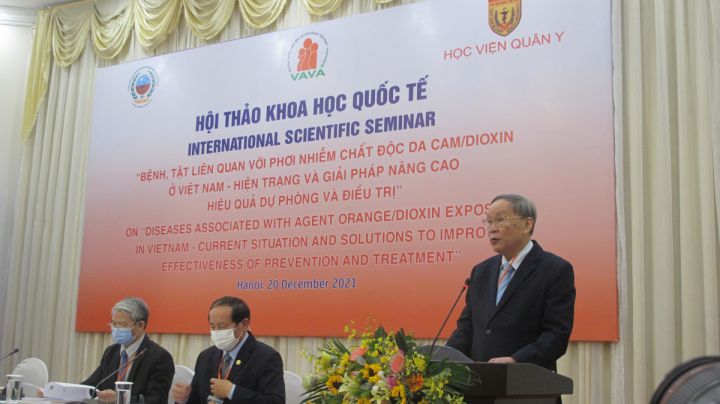


















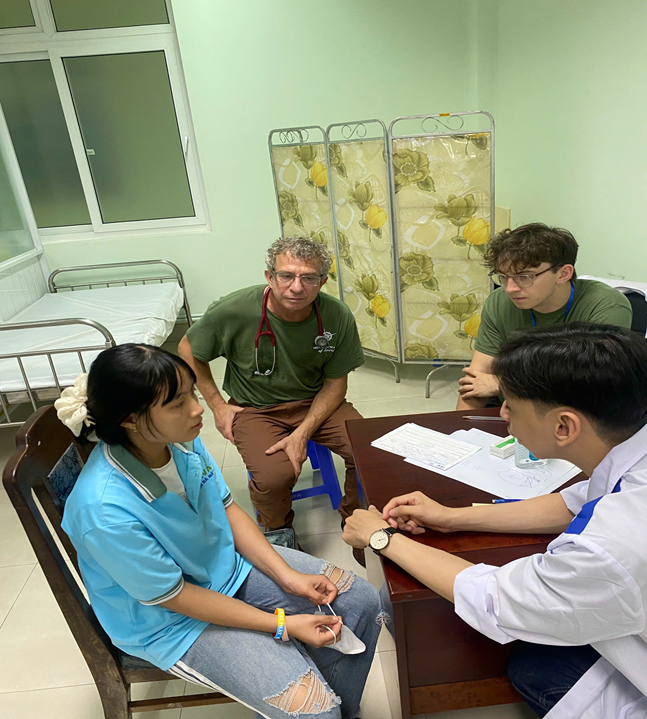
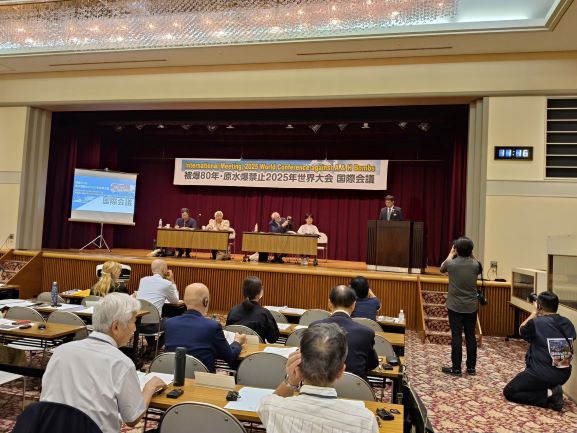
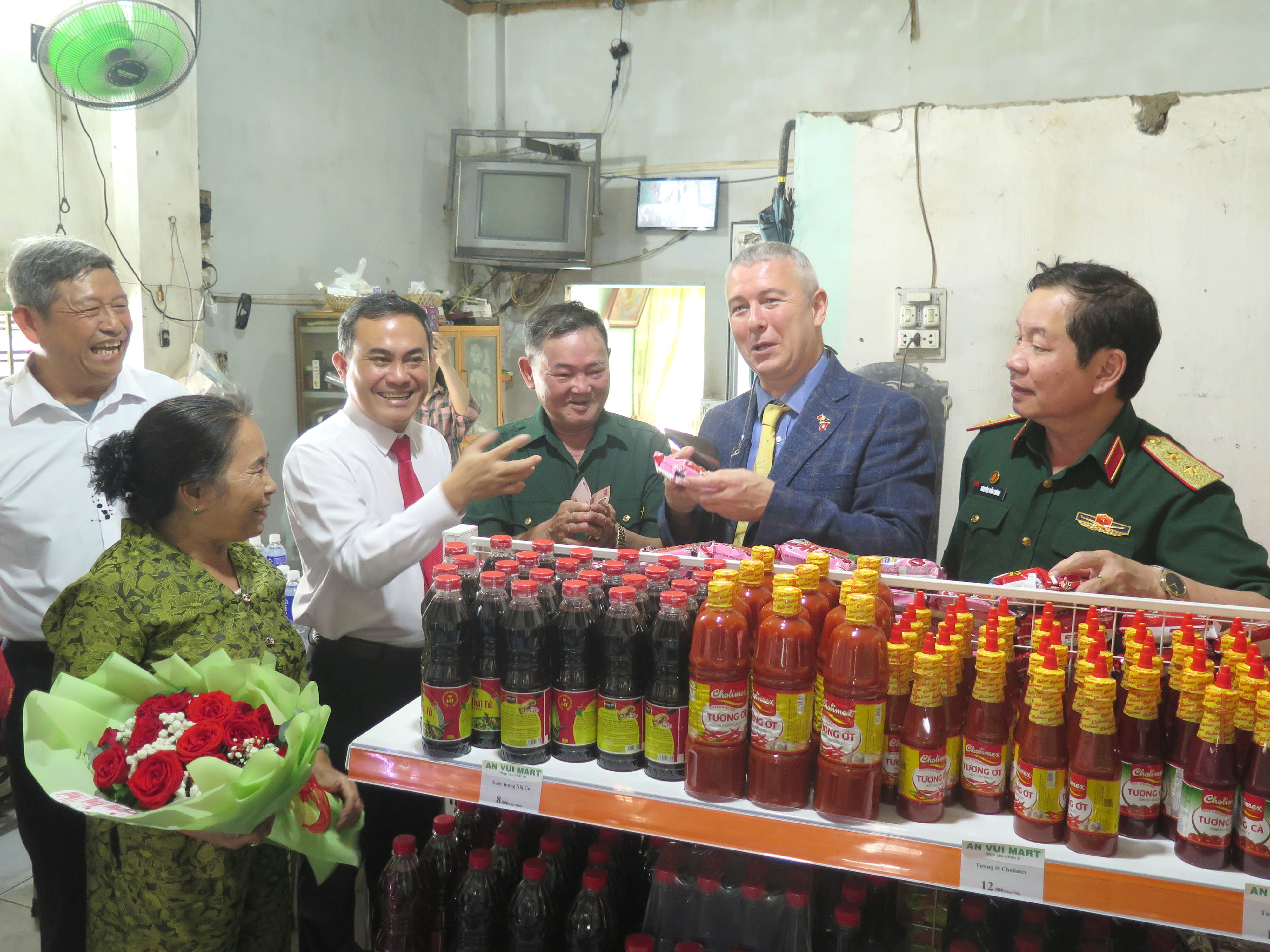







.jpg)
Comment